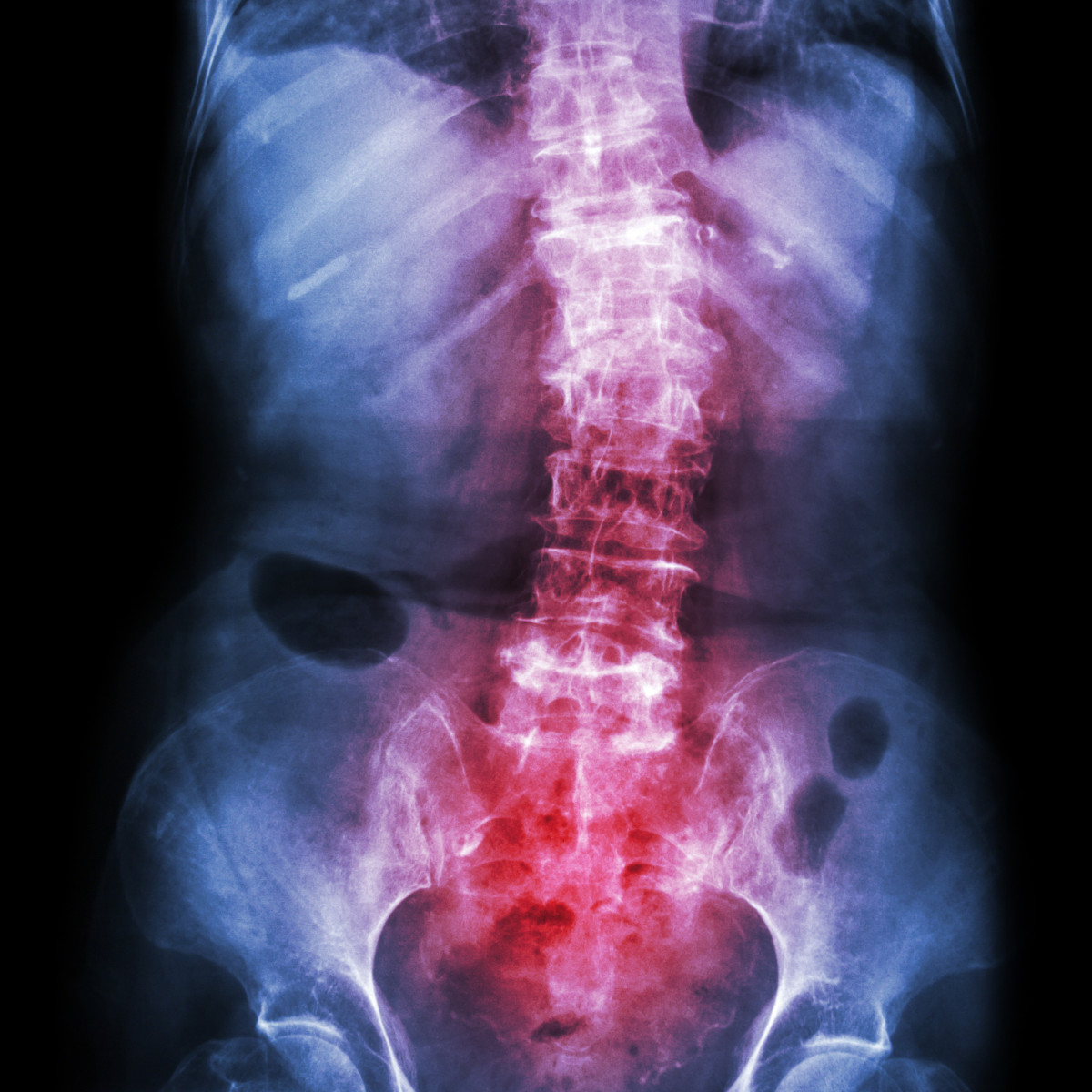Only 30% of Those with Inflammatory Back Pain Develop Spondyloarthritis, Study Finds
Written by |

Just 30 percent of people who begin experiencing inflammatory back pain — an early symptom of spondyloarthritis — develop the disease, a study reports.
The research, “Clinical evolution of patients with new‐onset inflammatory back pain: a population‐based cohort study,” appeared in the journal Arthritis & Rheumatology.
Inflammatory back pain can be an early manifestation of spondyloarthritis. But no study had been done on how people with this kind of pain develop spondyloarthritis.
Researchers at Columbia University College of Physicians and Surgeons decided to investigate the matter, including identifying factors that could predict inflammatory back pain’s progression to spondyloarthritis.
“Although several studies have reported the clinical evolution of patients with possible ankylosing spondylitis or undifferentiated spondyloarthritis, no studies have specifically examined the long-term outcomes of patients with [inflammatory back pain] who do not necessarily have other spondyloarthritis features,” the researchers wrote.
The team used information from the Rochester Epidemiology Project, a longstanding study of residents of Olmsted County, Minnesota.
Researchers combed through patient records to find those who had begun developing inflammatory back pain. Then they collected information on the manifestations of spondyloarthritis and its laboratory and imaging features.
The next step was a statistical analysis to determine what factors could predict inflammatory back pain developing into spondyloarthritis, into another condition, or to a resolution of the pain.
One hundred twenty-four of the 5,304 back pain cases that researchers discovered were new inflammatory back pain cases. After a median of 13.2 years of follow-up, 39 of the 124 patients developed spondyloarthritis, 15 were diagnosed with a non‐spondyloarthritis condition, and 58 were able to resolve their inflammatory back pain.
Only 30 percent of those with new cases of inflammatory back pain are likely to develop spondyloarthritis, researchers’ analysis showed, while 43 percent are likely to resolve their pain.
The team said the factors that were the most important predictors of spondyloarthritis were being male, having an eye inflammation, and having a family history of the disease.
“A minority of patients with new‐onset inflammatory back pain progress to spondyloarthritis, while many resolve [their condition],” the researchers wrote. “That inflammatory back pain often resolves may explain the difference between the prevalence of inflammatory back pain (3‐6 percent of the population) and prevalence of spondyloarthritis (0.5‐1 percent),” they wrote.





